Dr Mark Perera on coming out, testicle art, and being the LGBTQ+ doctor he needed growing up
Exclusive: "This is why I’m passionate about LGBTQ+ care and empowering patients with education"

I grew up in Greenwich and went to school in the suburbs of London. As a child in a pre-internet age, I was often occupied with finding ways to not be bored. One example would be jumping into a box for my brothers to then push down the stairs. It was fun, though one time I did end up in hospital and had to have stitches.
School was tough. They wanted me to play rugby, and the headteacher openly used homophobic slurs. As a closeted queer person of colour who was lanky with big curly hair and glasses, I was effectively at the intersection of the Venn diagram of reasons to be a target. When the growth spurt hit in my early teens, I shot up to 6 feet and I didn’t like the fact that I visibly stuck out in a line-up. I was also aware that with my longer limbs I could more easily be clocked as LGBTQ+. To blend in, I copied my older brothers and their 1990s curtains hairstyles. This was an epic fail and wasn’t authentic.
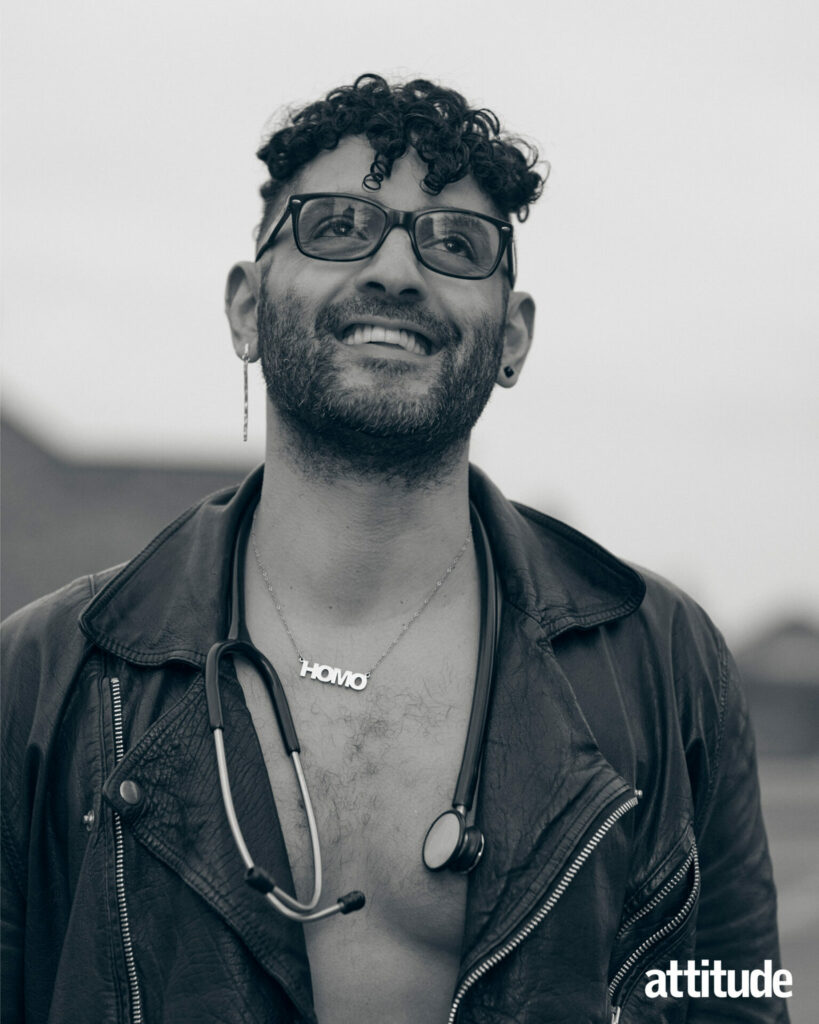
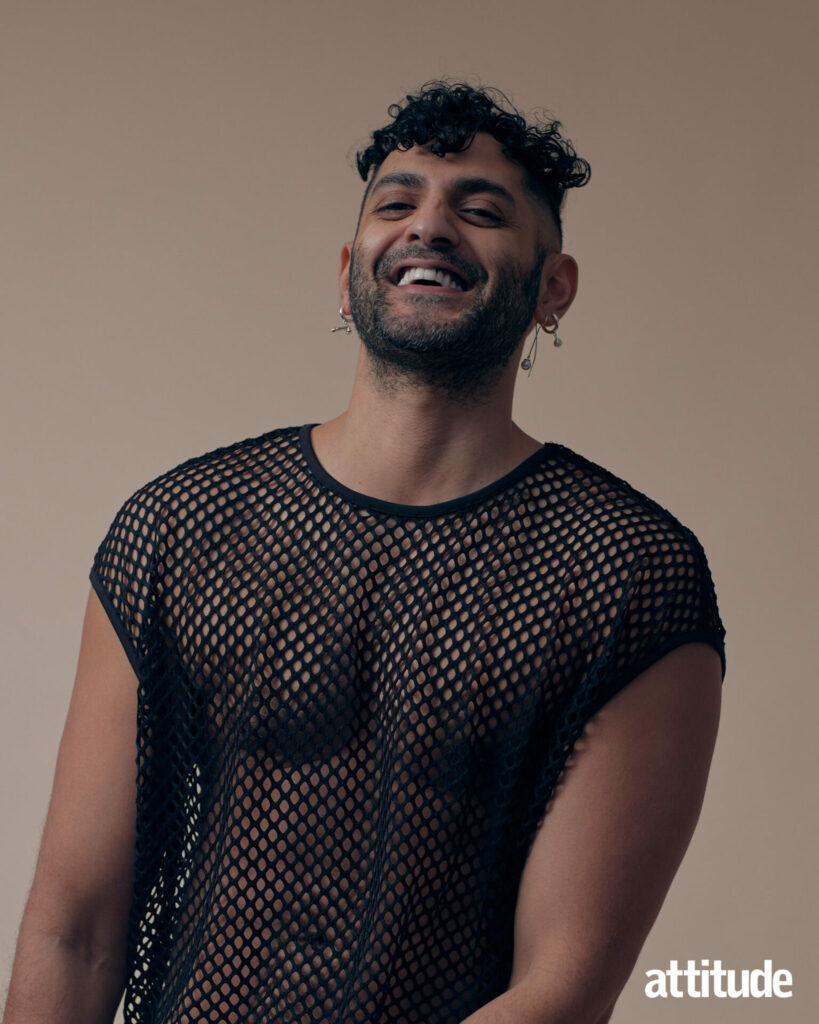
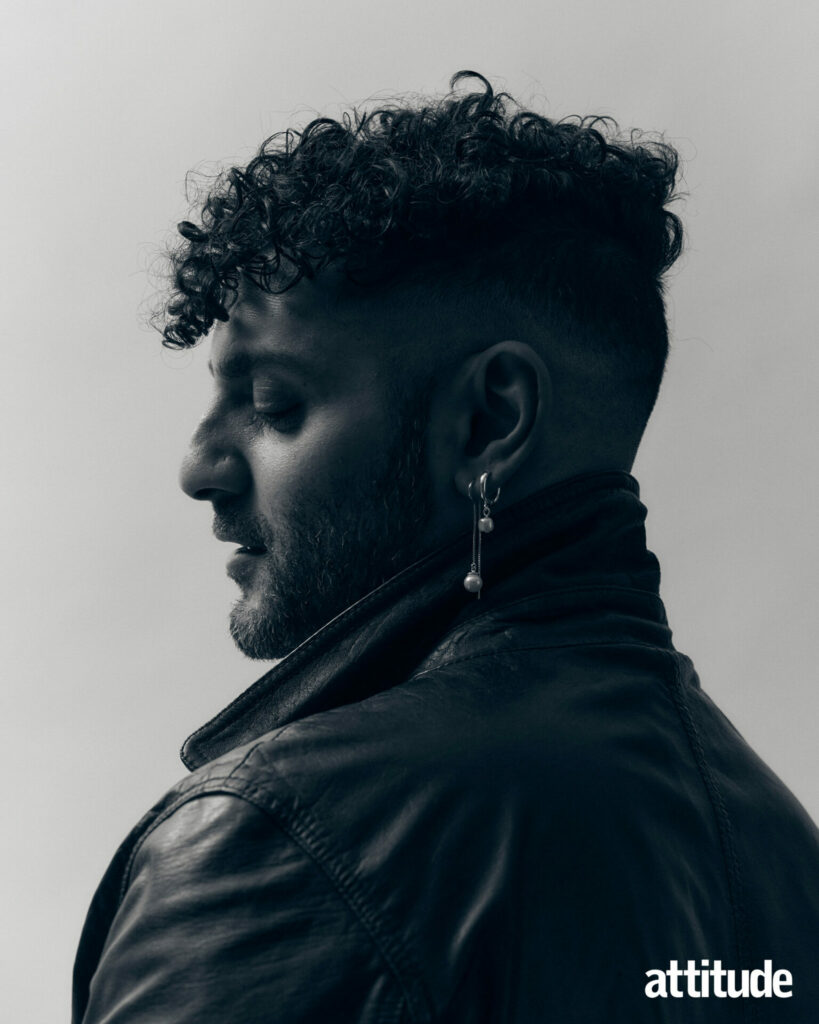

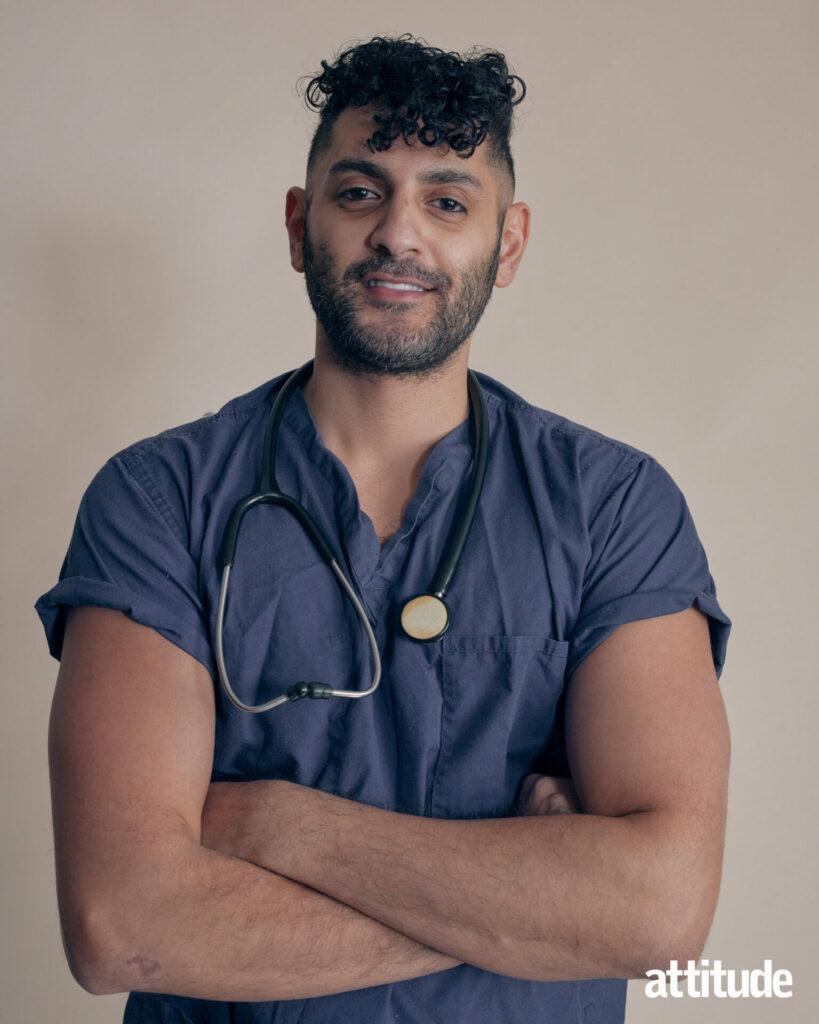
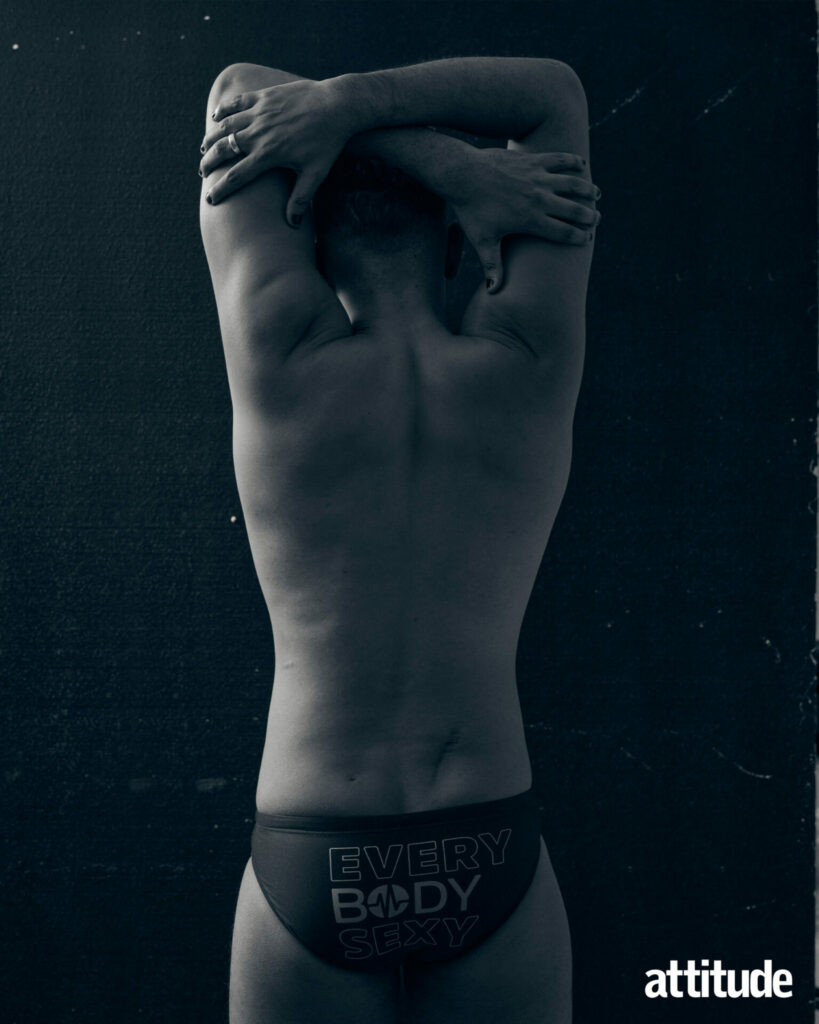
The first person I told that I was questioning my sexuality was my best friend at school. As my best Judy, she was great and a supporting light in my life. I struggled to understand it myself and thought it was a phase for so many years.
“This is why I’m passionate about LGBTQ+ care and empowering patients with education”
Like most queer people, I learned — and am trying to unlearn — behaviours to survive being in an intolerant environment. I made close friends with people who helped me thrive, and I kept my head down and studied to get out of there. The sciences were like magic, explaining life to me and being the same in any language because that’s how scientific evidence works. I always loved understanding how things functioned, including the human body. Following what I enjoyed and was lucky enough to do well at school and end up as a doctor.
I got into medicine because my mum was a nurse. She totally inspires me to help people even now. With her telling me daily stories from her work as a surgical ward nurse to being captivated by the BBC’s Casualty and Holby City, I saw a way I could make a positive difference in the world.
In 2010, I qualified as a doctor from UCL Medical School and then continued with six more years of hospital placements in east London until I qualified as a GP.
It was only after slowly finding myself and working as a sexual health doctor in my late twenties that I saw people living authentically and that inspired me to do the same. I actually came out quite late — at the ripe old age of 28. This was when I finally accepted it myself and told my parents. One of the big factors was not having any real queer role models to look to for advice without fear of judgement.
“I feel like LGBTQ+ care is where I was born to be”
Like many queer people, my relationship with my body is a work in progress. Throughout my life, I’ve had quite a few accidents, and corresponding surgeries have left physical scars on my body. Being a queer doctor of colour, I know I have mental scars as well. I used to really struggle to accept both types of scars because of what others may think. However, now I realise that these scars have made me stronger, and I am proud of them.
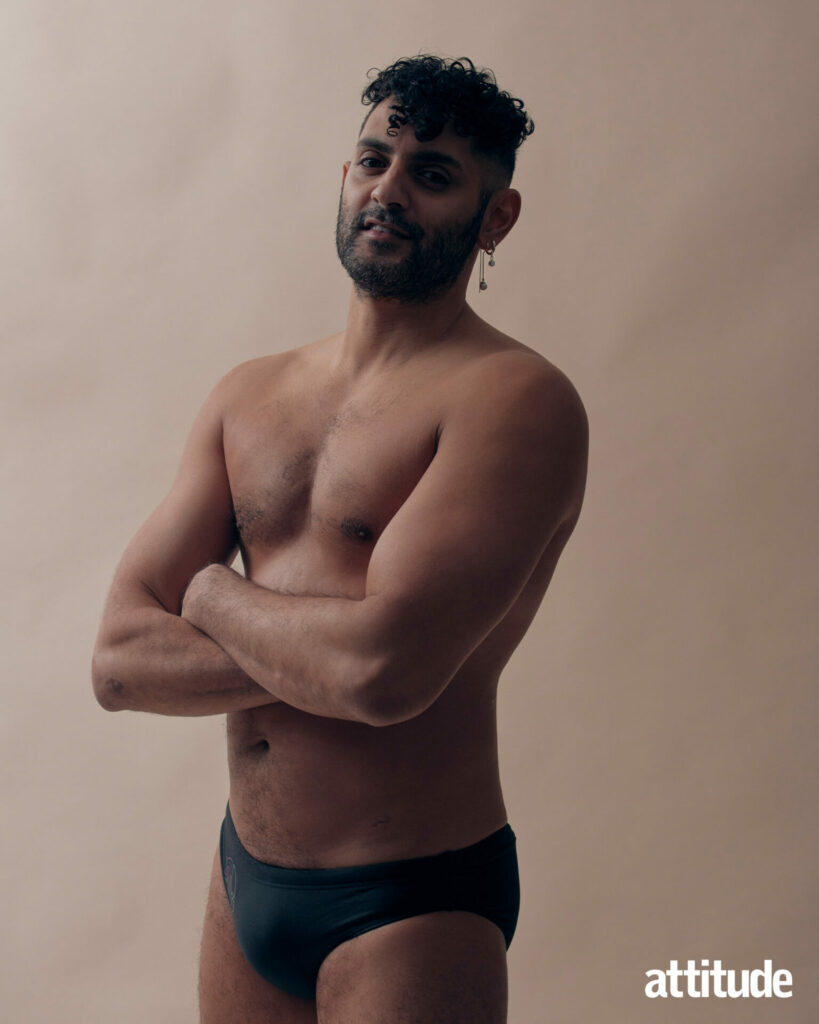
Discovering queer fitness classes helped massively. I did them in non-queer environments, but when I discovered queer fitness classes, it was a penny-drop moment. I wondered why I’d spent so much time and money in nightclubs when I felt so nourished by hearing that same diva music and exercising with my sisters instead. Being around queers of all shapes and sizes who are also on their own personal journey felt like this is how it should always have been!
The key lessons from my experience have been to be authentic, as this will set you free, and being comfortable in your own body attracts people to your energy. Scars make us who we are. Make decisions that feel authentic and the dots will all connect. Finally, save money you would have spent on drinks on nights out and use it for queer fitness classes or therapy. It’s about investing in yourself, and the return is happiness. Positive body image and a healthy lifestyle take long-term persistence, so keep trying.
“I have learned to embrace all sides of me because we are all on a spectrum of body type and gender expression”
Impulse London is part of a global charity with a mission to engage, support and connect queer people. I joined after randomly making close friends with them on a night out, and since then, they have truly become my chosen family and changed my life for the better. Being around our committee feels like home. I love our diversity and intersectionality, and I know I’ve found my tribe. I am so happy to be on their advocacy team.
Last year, we ran an exhibit in London called TesticulART. It was something I had dreamed of since medical school. The idea came after doing some sit-ups one day when I noticed that testicles naturally form a heart shape in a seated position. This struck me as anatomically beautiful, so I looked to see if any art already existed. However, I found nothing because phallic and vulvic images generally dominate genital art. Testicles always get a bad rap for being ugly. So, I decided to flip this narrative and created this photography collection of bedazzled balls to show the simple beauty in testes and raise awareness for Men’s Health Awareness Month. It was a huge success in 2023, so watch this space for TesticulART, the next collection!
I feel like LGBTQ+ care is where I was born to be. Every LGBTQ+ patient’s healthcare journey is different. Experiences are uniquely impacted by factors such as age, sex assigned at birth, gender identity, ethnicity, language, income, spirituality, and disability. For example, a Black bisexual cisgendered female in her twenties may have a different experience accessing healthcare compared to a white gay cisgender male in his forties. I remain hopeful about seeing patients being treated more individually rather than just as part of their local demographic, with their intersectionality being taken into account.
“You have a chance: use that body while it’s in a decent condition”
Some LGBTQ+ patients can be overwhelmed by negative experiences or fear of discrimination and feel forced to hide their sexual and/or gender identities or avoid care altogether. This is a negative cycle because if a patient lets a medical problem worsen, they can often develop health anxiety. This is why I’m passionate about LGBTQ+ care and empowering patients with education. Let’s face it, going to your doctor has always been a bit of potluck regarding how tolerant they will be. I love that I can now be the doctor for queer people that I needed growing up — where there is no stigma, and no question is a stupid question.
This was why I started creating social media content as @doctorgayuk for educating, destigmatising, and spreading queer joy. Social media has really helped empower queer people to learn more about their health, particularly mental and sexual health. These themes are more common, but I often see patients about issues and topics such as PrEP and PEP, infection screening, erectile/ejaculation function, anxiety/depression/PTSD, chemsex, body dysmorphia, IBS, coming-out advice, and more.
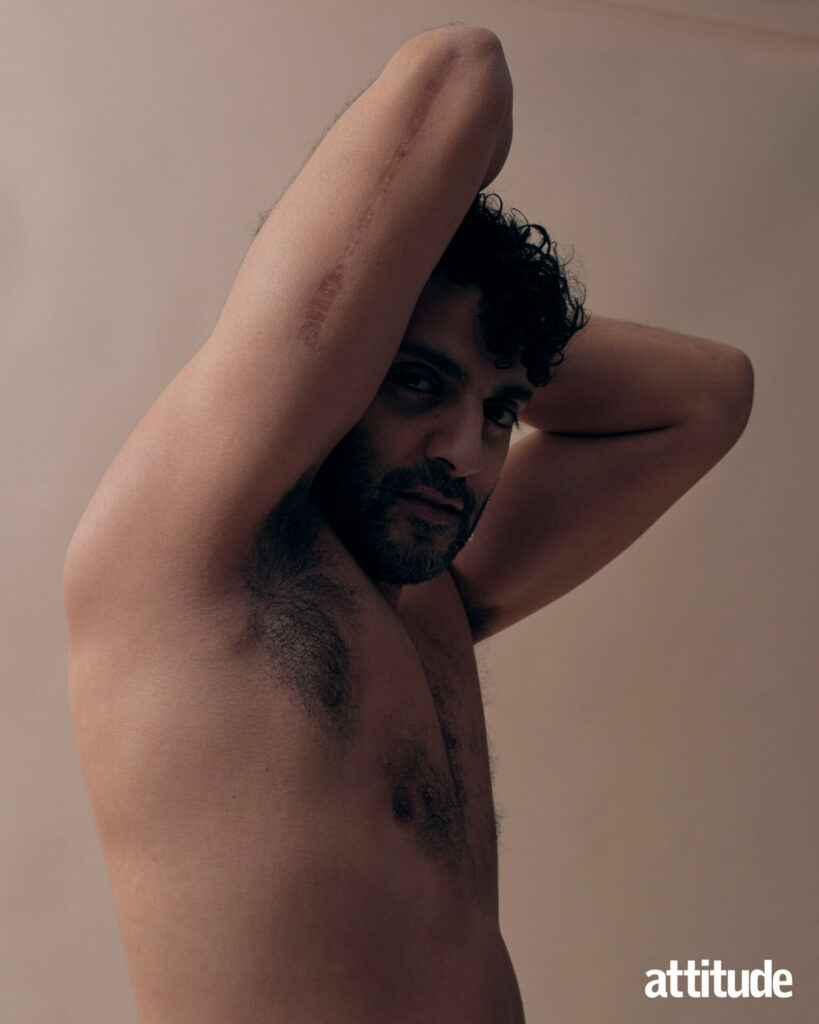
As I have got older, I have learned to embrace all sides of me because we are all on a spectrum of body type and gender expression. That would be my message for others too: you are normal, scars and all. Don’t let anyone tell you otherwise. I also think working in medicine has helped me appreciate my body more. When I think of my body, I think ‘Mark, you have a chance: use that body while it’s in a decent condition. Don’t ever take it for granted and live your best life.’
